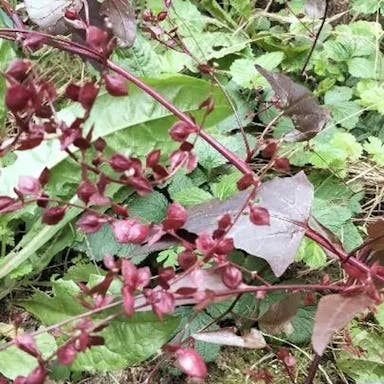Asian spiderflower, scientifically known as Cleome viscosa, is an annual flowering plant. It can grow up to 3 feet in height. There are several varieties of this plant, each with its unique characteristics and uses. The fruit is a capsule containing numerous seeds. This plant thrives in well-drained soil and full sunlight. It is relatively easy to grow. The flowers typically have four petals and can range in color. This plant is native to tropical and subtropical regions of Asia. It belongs to the Cleomaceae family. The stems and leaves are characterized by sticky, glandular hairs covering them.
0
0











